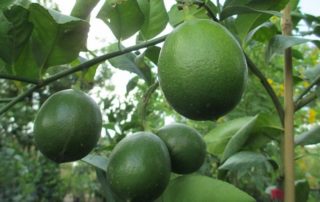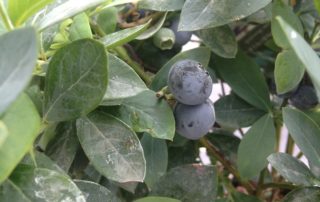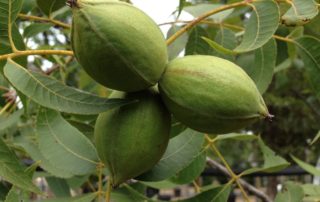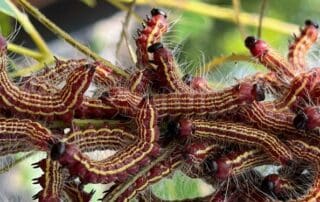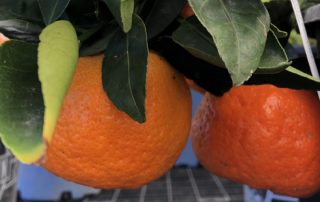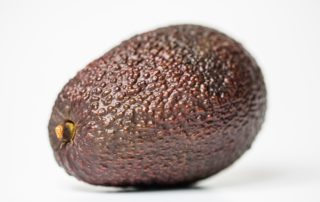Blackberry Pruning
One of the most common questions I am asked is “How do I prune my blackberries?” That is a very relevant question, however, it is usually asked at the WRONG time of the year! So I have decided to take the “mystery” out of pruning blackberries! There are a few simple facts you will need to know before pruning your blackberries. Blackberries are unique in that they have perennial roots and biennial tops. The tops (canes) live for two years, then die! Blackberries have two kinds of canes: [...]


